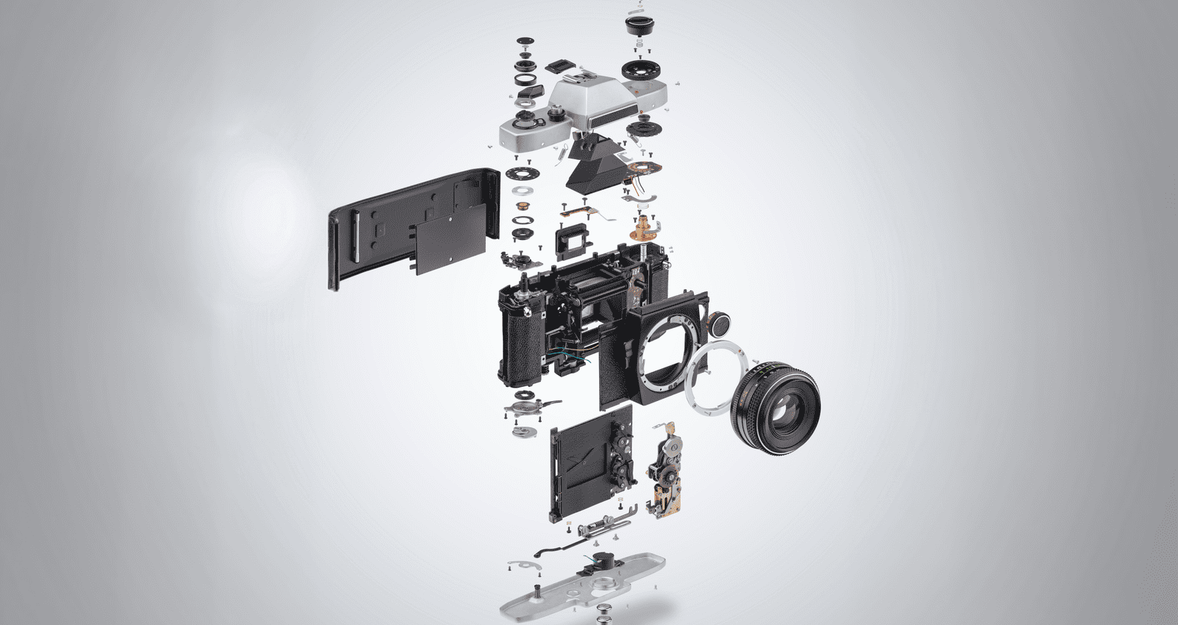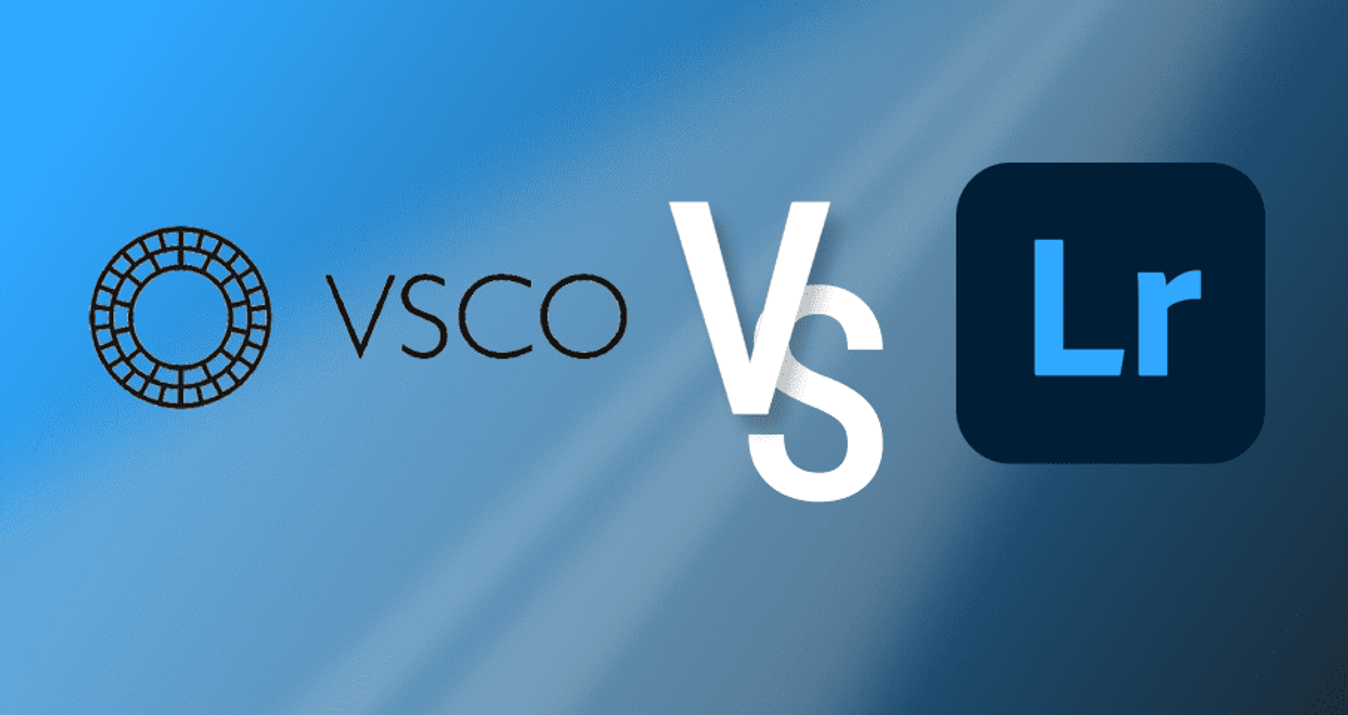Fundamental Parts of a Camera
October 23, 2024

The general components of a digital camera are a number of key parts that work together in capturing quality images. Familiarization with these parts of a digital camera is important for the photographer desiring improvement in their photography skills and getting the most out of this equipment.
Welcome to today's discussion about cameras. Ever wondered what makes a camera work? Like a jigsaw puzzle, each piece should fall into the mechanism correctly for smooth functioning.
Today, we will look closely at those pieces, which we call the camera components. First, there is the lens, or the eye of the camera, which lets us view the world and take snapshots. Then comes the shutter, which, quite literally, is just like a little door opening and closing at fantastic speeds to allow light in. Then there's the body, which holds everything together. As a bonus, we have prepared for you a nice tool, an easy image editor. Using this tool will help you enhance your images and make your creativity go live!
So, whether you're new to photography or are just curious about how cameras work, you're in the right place. Let's explore all these parts!
Parts of a Camera Labeled

Practically, the camera's body contains the mount for attaching lenses and an LCD screen for reviewing captured images. Mastering these components will go a long way in helping you improve your photography skills and ensuring that you obtain full value from your camera.
Find out more: What is the Exposure Triangle In Photography?
Parts of a Camera and Their Functions
 From the lens that focuses the light right to the sensor capturing an image, all camera parts are equally important in making the photography process crystal clear, vibrant, and true-to-life shots.
From the lens that focuses the light right to the sensor capturing an image, all camera parts are equally important in making the photography process crystal clear, vibrant, and true-to-life shots.
Camera Body Parts
The camera body is the main part that houses all the essential components. It provides structural support, holding together the lens, sensor, and other critical parts. The picture-taker body should also have controls and interfaces through which the photographer operates the settings. Its design and ergonomics are crucial, as they relate to how comfortable and efficient it feels to handle the device during use.
Viewfinder
This is the window you look through to frame your shot. It shows what the lens sees.
Shutter Button
The button you press to take a photo. It controls the opening and closing of the shutter.
Mode Dial
Allows you to change camera settings like aperture, shutter speed, and shooting modes.
LCD Screen
A screen on the back of the device is used for reviewing images, navigating menus, and live-view shooting.
Lens Mount
The part where you attach the lens. It can vary depending on the camera brand.
Memory Card Slot
Where you insert your memory card to store photos and videos.
Lens
 The lens is one of the most crucial parts of a camera, as it focuses light onto the camera's sensor to create an image. Different lenses offer various focal lengths and capabilities.
The lens is one of the most crucial parts of a camera, as it focuses light onto the camera's sensor to create an image. Different lenses offer various focal lengths and capabilities.
Focus Ring
A ring on the lens that you turn to focus manually.
Zoom Ring
Allows you to zoom in or out, adjusting the focal length.
Aperture Ring
Controls the size of the lens's aperture, regulating the amount of light entering the camera.
Accessories
 These are additional parts that enhance the camera's functionality.
These are additional parts that enhance the camera's functionality.
Tripod
A three-legged stand that stabilizes the camera for longer exposures.
Lens Filters
Useful for enhancing photos with effects such as polarizing, neutral density, or UV protection. They can improve image quality in specific shooting conditions.
Flash
Provides extra light for photography in low-light conditions.
Remote Shutter Release
A device that allows you to trigger the shutter without touching the camera itself.
Battery Grip
An accessory that attaches to the device body, providing extra battery life and a better grip.
Lens Cleaning Kit
Essential for maintaining the quality of your lenses and protecting them from dust, smudges, or scratches.
You can better understand how each component contributes to capturing your perfect shot by breaking down camera label parts. This layout ensures that specific components and their functions are clearly described and easy to follow.
Make Your Photos Look Their Best With Luminar Neo
 It's now time to make them look their best using Luminar Neo. It is easy and entertaining, even if you're not a pro. Luminar Neo offers a variety of cool AI tools that do much of the work for you. Skin AI makes people in your photo look great, and Sky AI changes the sky, making your landscapes pop. Plus, with Relight AI, the look of light in your photos can be changed after the fact. Want to get creative? GenSwap makes it easy to change out parts of your photo.
It's now time to make them look their best using Luminar Neo. It is easy and entertaining, even if you're not a pro. Luminar Neo offers a variety of cool AI tools that do much of the work for you. Skin AI makes people in your photo look great, and Sky AI changes the sky, making your landscapes pop. Plus, with Relight AI, the look of light in your photos can be changed after the fact. Want to get creative? GenSwap makes it easy to change out parts of your photo.
Also read: What Are Megapixels And Their Impact On Photo Quality
This is a photo editing software that has been designed to make photo editing as easy and painless as possible. Luminar Neo offers the ideal combination of auto photo edit features, along with the ease of setup for all kinds of shooters, from casual enhancements of a snapshot to professional work. With this intuitive design, one isn't going to be spending time struggling with complicated tools but focusing on the creative vision itself.
Bottom Line
 Any photographer understands that the first vital step to be taken in any photography session is knowing what constitutes a camera. Knowing these varied components of a camera and its application provides a user with the grounds to acquire photographic expertise and maximize its attachments or accessories. Parts of the camera diagram, from the lens and shutter down to the body and other accessories, are vital in taking marvelous pictures.
Any photographer understands that the first vital step to be taken in any photography session is knowing what constitutes a camera. Knowing these varied components of a camera and its application provides a user with the grounds to acquire photographic expertise and maximize its attachments or accessories. Parts of the camera diagram, from the lens and shutter down to the body and other accessories, are vital in taking marvelous pictures.
This article should have helped you understand these components a little better and perhaps encouraged you to find out further what your device can do.
FAQ
What are the basic parts of a camera?
The basic parts of the anatomy of a camera include the lens, which focuses light onto the sensor; the sensor, which captures the light and converts it into an image; the viewfinder, through which you frame your shot; the shutter, which is responsible for the length of exposure time; its body which contains these parts. Other more significant and essential parts include the mode dial, LCD screen, and slot for a memory card to contribute to functionality and comfort.
What parts need to be present for a camera to be functional?
Several important components should be present if the camera is to function. First, there is a lens to converge light on the sensor. This light is converted to electronic signals by the image sensor, which is CCD or CMOS, which builds the image. The length of time for light exposure is controlled by the shutter, while the size of the opening in the lens through which light can pass is controlled by the aperture. All the same, there is also a viewfinder or LCD screen for the composition. A battery powers it, and any captured images are stored on a memory card.
How does a camera capture an image?
The image forms in a camera when light, passing through the lens, reaches the sensor. You press a shutter button, open it for a long time, and the light comes in. The sensor then changes this light into an electrical signal, which will later be processed and stored as a digital image file. It depends on the camera, capturing the quality of the image perhaps because of the quality of the lens, size of the sensor, and settings like aperture, ISO, and shutter speed.
How does autofocus work in a camera?
Autofocus relies upon sensors to calculate either contrast or phase differences in the scene. Contrast-detection autofocus moves the camera lens until high contrast is achieved, indicating a sharp focus. Phase-detection autofocus splits the arriving light into two images that move the lens such that the two images are aligned. Most newer cameras combine these two approaches for the most rapid and accurate focus. Some cameras use AI algorithms to enhance autofocus performance, particularly for challenging scenes.


 These are additional parts that enhance the camera's functionality.
These are additional parts that enhance the camera's functionality.



